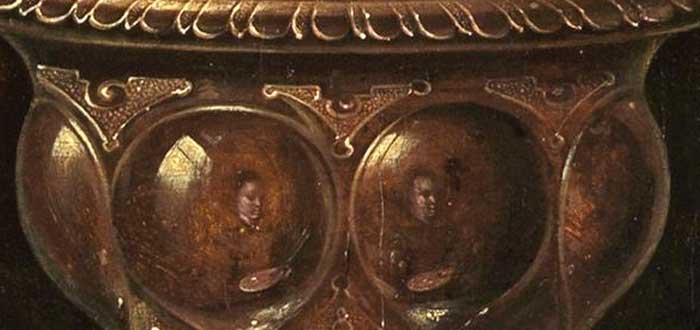They say that we eat with our eyes first. I think Clara Peeters must have known that. While Fede Galizia ( the amazing Italian artist that I wrote about a few weeks ago) blazed a trail for still life painters Clara Peeters refined the genre and set the Dutch art scene on fire with her work. Her realistic paintings are lush and inspiring - that is the reason I choose her work as the background for this blog.
 |
| Still Life with Flowers and a Golden Cup, Clara Peeters |
There are few facts available about Clara's private life. Most scholars believe she was born around 1585, give or take 5 years. There are baptism and marriage records from Antwerp for a Clara Peeters, however the name Clara was fairly common and Peeters was extremely common, so we can't be sure this is Clara Peeters the Artist. Her brush work suggests that she was trained in Antwerp and one of her later works bears the stamp of the Antwerp guild, so certainly she lived there for a time.
It is apparent that Clara was intrigued by reflective surfaces. Most every painting is a beautiful balance between shadow and light that is punctuated with reflections. We see a loaf of bread reflected on a silver plate, red wine reflected through a clear goblet, onto a silver tray below. And most interestingly the tiny self portraits - painted as reflections on gold or silver vessels.
 |
| Detail, Still Life with Flowers and a Golden Cup, Clara Peeters |
Clara popularized "banquet" (or breakfast) still lifes. These were lavish displays of fruits, cheeses, meats, metal and ceramic dishes, tableware, and flowers. As a woman artist in the early 17th century Clara would not have had access to nude models, so she painted what was everyday and familiar to her. We can learn as much about the diet of a Netherlandish family from her paintings as we can about making beautiful art. With her brush she celebrates an abundance of fish, fowl and bakery items in vivid, mouth-watering detail.
 |
| Vanitas Portrait of a Woman, Clara Peeters |
Another interesting reflection appears in a "vanitas" painting that Clara produced in 1610. Vanitas is a specific type of still-life that emerged in the 17th century in the Netherlands. The carefully composed objects were meant to remind the viewer of the transience of life. These symbols often contrasted life and death, wealth and poverty, health and illness, etc. Clara's painting,
Vanitas Portrait of a Woman, is a remarkable example of a vanitas work. In it we see a young woman (maybe a self-portrait), seemingly in the prime of life. But she looks sad and maybe a little bored with the riches spilled across the table before her. Clara uses flowers in the background to symbolize life, but if you notice there is one flower drooping and wilting, reminding us that life is short and death near. A small-ish bubble floating near the center of the painting. The bubble was a fairly common symbol used in vanitas painting, on par with candles, an hourglass or flowers. The bubble is used to symbolize the fragility of life.
Unlike other artists of the time, there are no records that Clara had any noble or wealthy patrons. However, she must have been successful. At least two of her paintings appear on the inventories of the Spanish King as early as 1627. It appears that Clara ceased painting around 1621. Some speculate that she married, and subsequently stopped painting, or that she may have passed away around this time.
++++++++++++++++++++
Selected Sources
Decoteau, Pamela Hibbs.
Clara Peeters 1594-ca. 1640 : and the Development of Still-life Painting in Northern Europe
Vaninskaya, Anna.
Fantasies of Time and Death. Palgrave Macmillan, London



No comments:
Post a Comment